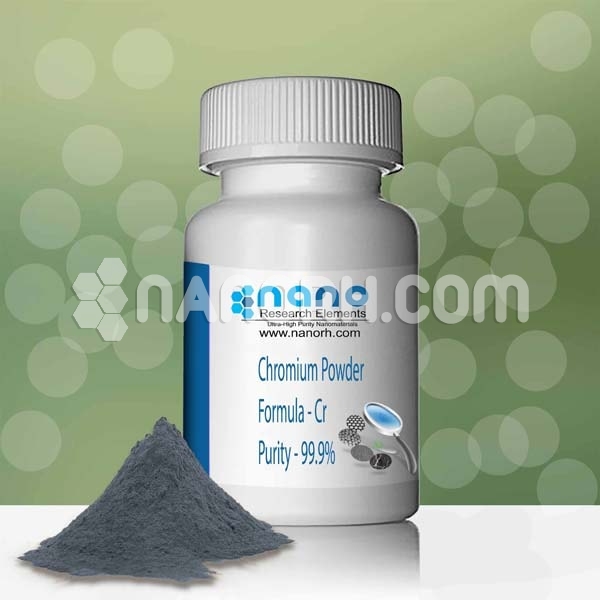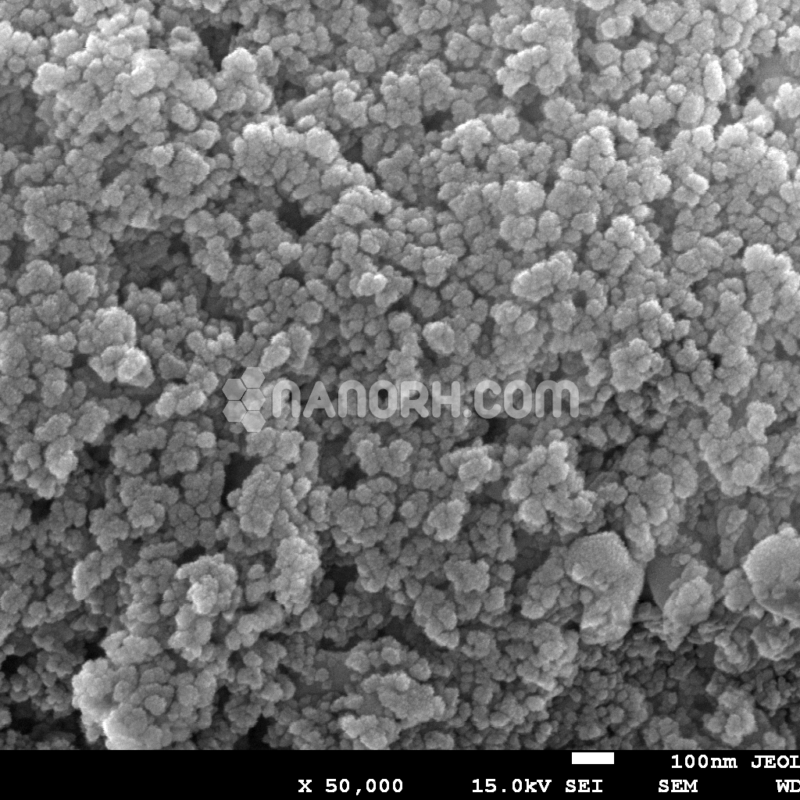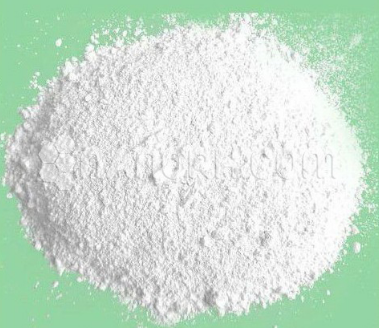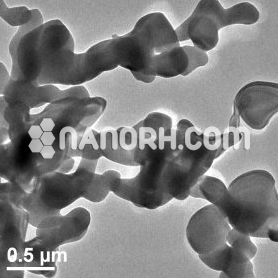Chromium Micro Powder (Cr, 5 um, 99.5%)
Chromium Micro Powder is most widely recognized for its use in chromium plating (which is often referred to simply as ‘chrome’), but its largest use is as an ingredient in stainless steels. Both applications benefit from chromium’s hardness, resistance to corrosion, and ability to be polished for a lustrous appearance.
| Chromium Micro Powder | |
| Product No | NRE-8012 |
| CAS No. | 7440-47-3 |
| Formula | Cr |
| Molecular Weight | 51.9961 g/mol |
| APS | 5 um (Can be Customized) |
| Purity | 99.5% |
| Color | Dark Gray |
| Density | 7.15 g/mL at 25 °C(lit.) |
| Melting Point | 1907°C(lit.) |
| Boiling Point | 2671 °C(lit.) |
Chromium Micro Powder
Chromium powder is a fine, grayish-black powder that is made up of small chromium particles. It has a range of applications across various industries due to its unique properties and characteristics. Some common applications of chromium powder include:
Metallurgy:
Alloying Agent: Chromium powder is often used as an alloying agent in the production of various alloys, including stainless steel, superalloys, and heat-resistant alloys. It enhances the corrosion resistance, strength, and durability of these materials.
Coatings and Plating:
Chrome Plating: Chromium powder is employed in the electroplating industry to create a protective, decorative, and corrosion-resistant chrome coating on various surfaces, such as automotive parts, faucets, and kitchen appliances.
Thermal Spraying: It is used in thermal spraying processes to create wear-resistant coatings on industrial components, such as turbine blades and aircraft parts.
Welding Electrodes:
Chromium powder is added to welding electrodes and wires to improve the weldability and performance of joints. It enhances the resistance of welds to corrosion and oxidation.
Powder Metallurgy:
Chromium powder is used in the production of sintered components, where it can be mixed with other metal powders and compacted to create parts with specific mechanical and thermal properties.
Aerospace and Defense:
Chromium powder is utilized in the aerospace and defense industries for applications such as manufacturing aircraft components, missile parts, and gas turbine engines due to its high-temperature resistance and corrosion resistance.
Refractories:
In the manufacturing of refractory materials, chromium powder is added to improve the heat resistance and durability of refractory bricks, which are used in high-temperature industrial processes like metal smelting.
Pigments and Dyes:
Chromium powder is a key ingredient in the production of various pigments and dyes used in the paint, ink, and textile industries. Chromium oxide is often used to create green pigments, while other forms of chromium are used for other colors.
Chemical Industry:
Chromium compounds derived from chromium powder are used in various chemical processes, including the production of chemicals, catalysts, and pigments.
Electronics:
Chromium powder is used in the electronics industry for manufacturing certain electronic components, such as resistors, due to its high electrical conductivity.
Laboratory and Research:
It may be used in scientific research, particularly in experiments and studies that require the unique properties of chromium.




